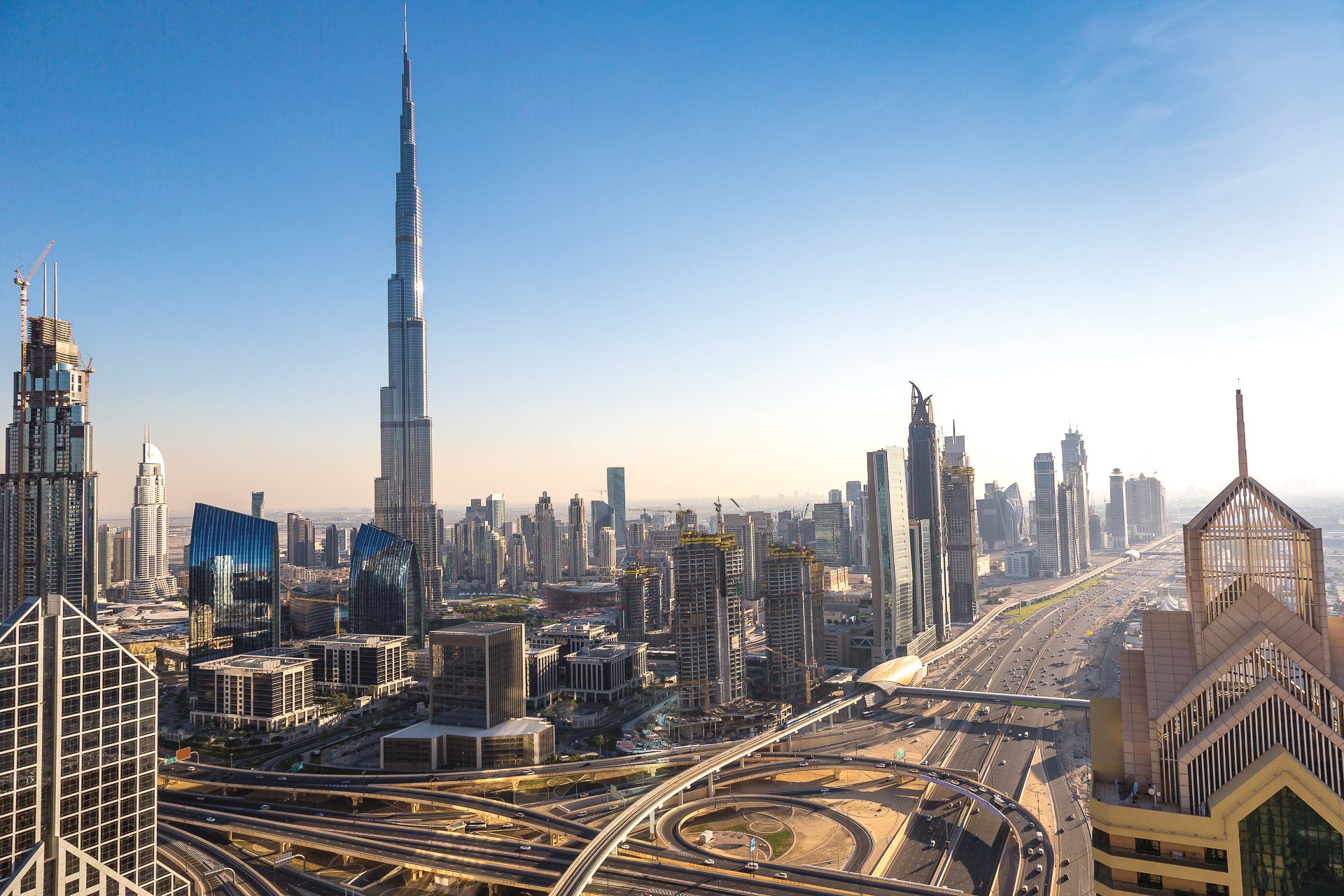DATE
1 min read • Travel & transportation
It starts with a single app
This article discusses transport as a service and how combining old and new ways of getting around will transform transport-and cities, too. In 2007 half the world's population lived in cities; by 2050 it is expected that two-thirds will. One of Arthur D. Little's reports is referenced in the article saying urban journeys already account for nearly two-thirds of all kilometres travelled by people. On current trends urban distance travelled each year will have trebled by 2050, and the average time urban drivers spend languishing in traffic jams is set to double to 106 hours a year. The traditional policy responses to congestion-build more roads and expand public transport-are too expensive for these cash-strapped times. Hence the appeal to urban planners of the idea of travellers combining existing mass-transit schemes with a growing variety of private services. It offers a way to attract private capital into "public" transport. By enabling a closer link between supply and demand it will make mass transport more efficient. Congestion at peak hours will fall as travellers are diverted from crowded routes to less-packed ones; varying prices by time of day could help here, too.
DATE
This article discusses transport as a service and how combining old and new ways of getting around will transform transport-and cities, too. In 2007 half the world's population lived in cities; by 2050 it is expected that two-thirds will. One of Arthur D. Little's reports is referenced in the article saying urban journeys already account for nearly two-thirds of all kilometres travelled by people. On current trends urban distance travelled each year will have trebled by 2050, and the average time urban drivers spend languishing in traffic jams is set to double to 106 hours a year. The traditional policy responses to congestion-build more roads and expand public transport-are too expensive for these cash-strapped times. Hence the appeal to urban planners of the idea of travellers combining existing mass-transit schemes with a growing variety of private services. It offers a way to attract private capital into "public" transport. By enabling a closer link between supply and demand it will make mass transport more efficient. Congestion at peak hours will fall as travellers are diverted from crowded routes to less-packed ones; varying prices by time of day could help here, too.


